Flight Research Upset Prevention and Recovery Training (UPRT)
According to the National Transportation Safety Board, Loss of Control (LOC) is the number one cause of accidents and fatalities in the aviation industry—and the biggest safety concern for pilots. As technology becomes more integrated into the cockpit, experts see an upward trend in the number of accidents and incidents caused by LOC. Simulator training alone is not sufficient to prepare the aviator for a real-world
upset—they need in-aircraft training.
Upset Prevention and Recovery Training Course Overview
A Fatal Training Oversight
The NTSB, FAA, ICAO, and EASA recognize loss of control in flight is the number one cause of accidents worldwide. But why would they be on the increase when aircraft are more advanced than ever? The answer is simple: simulators. While there is undeniably a time and place for them, they’re not sufficient for upset prevention. With such high demand for pilots, civilian schools simply don’t have the budget, time, money, or aircraft to provide proper training. Students must learn the necessary stick and rudder flying skills to understand what planes are capable of and how to stay safe.
In most cases, loss of control occurs when a structurally and mechanically sound aircraft is struck by an abnormal flight condition such as turbulence. A pilot who hasn’t experienced a real world situation is infinitely more likely to panic when the autopilot shuts off. All it takes is for the craft to fly to the edge of or beyond the flight envelope and swing into an unusual attitude—and the pilot just has 10 seconds to manually correct the situation.
UPRT training puts pilots through their paces until getting this type of maneuver perfect becomes second nature. Unless you’ve experienced an unusual attitude first-hand, the emotional and physiological experience of losing control can be overwhelming for even the most calm pilot. By training aviators in a real aircraft, the industry can reverse this shocking trend and save lives.
Upset Prevention and Recovery
Training You Can Rely On
Upset Scenario Examples
Depending on the course selected, pilots learn how to handle a variety of upset scenarios, including:
- Extreme nose high and nose low upsets
- Extreme bank angles upsets
- High and low energy states
- Various stalls and associated recoveries
- Autopilot and instrument recoveries
- Spin recovery
Courses
Upset Training By Aircraft
JET
- Basic: Two Day Course
- Fundamental: Three Day Course
- Comprehensive: Four Day Course
GENERAL AVIATION
- Intro: One Day Course
- Basic: Two Day Course
- Advanced: Two Day Course
TURBO PROP
- Basic: Two Day Course
- Fundamental: Three Day Course
- Comprehensive: Four Day Course
HIGH PERFORMANCE
- Fundamental: Two Day Course
- Comprehensive: Three Day Course
HELICOPTER
- Basic: Two Day Course
- Fundamental: Three Day Course
JET
- Basic: Two Day Course
- Fundamental: Three Day Course
- Comprehensive: Four Day Course
GENERAL AVIATION
- Intro: One Day Course
- Basic: Two Day Course
- Advanced: Two Day Course
TURBO PROP
- Basic: Two Day Course
- Fundamental: Three Day Course
- Comprehensive: Four Day Course
HIGH PERFORMANCE
- Fundamental: Two Day Course
- Comprehensive: Three Day Course
HELICOPTER
- Basic: Two Day Course
- Fundamental: Three Day Course
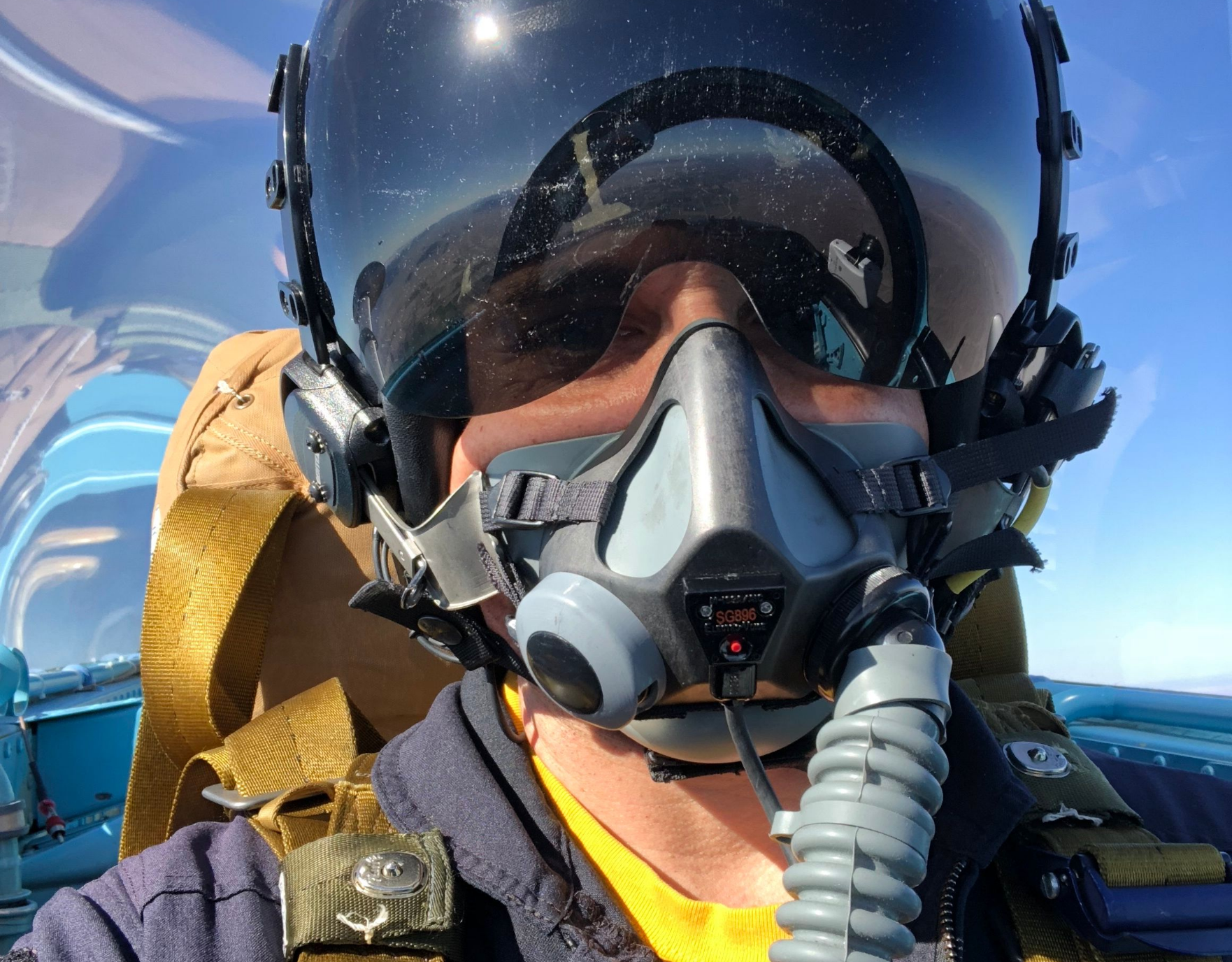
UPRT for Digital Flight Control System Aircraft
The new millennia brought with it the advent of truly revolutionary digital flight control systems (DFCS). These systems have revolutionized the way we fly airplanes—both when they’re functioning normally and when they malfunction. This course covers the reasoning and methodology for DFCS, including typical implementation schemes, failure modes, and how to deal with these systems in all realms of upsets.
UPRT Accident Case Studies
Accidents happen. We take a deep dive into several accidents, including some you’ve heard of and many you haven’t. You’ll see where application of accepted techniques would have resulted in a different outcome in every single case. This live class draws from our extensive library of accident cases and explores those that are most applicable to the students in attendance. In short, it’s a customized accident case study instruction.
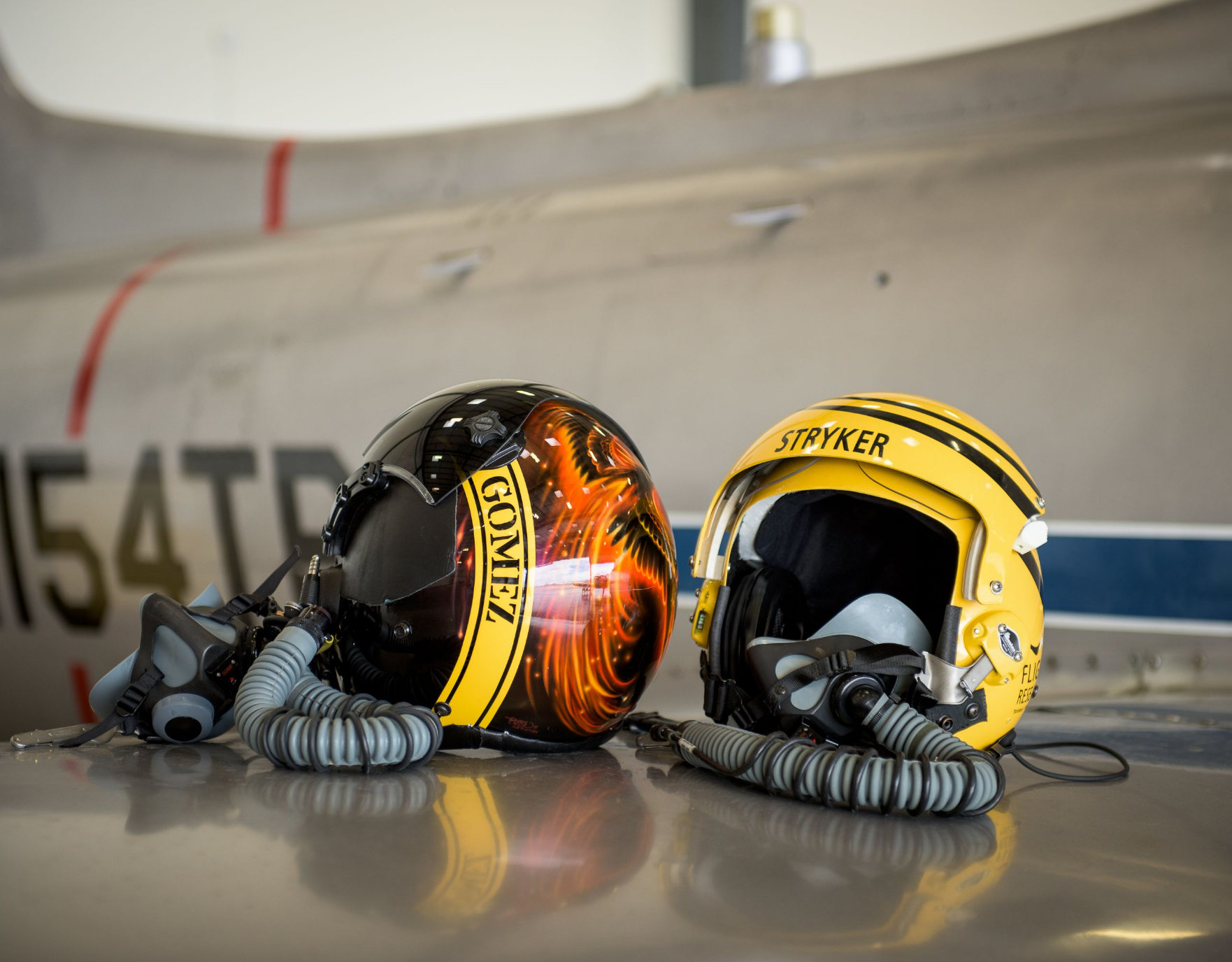

UPRT Factors
What causes upsets? What are the drivers? How can we deal with and mitigate these factors? This module answers these questions, with a focus on the impact of physiology, psychology, physical, psychosocial, environmental and mechanical factors.
Dynamic Maneuvering Toolbox
This is the most advanced and practical brief available on the dynamic maneuvering of an aircraft. The specific techniques are centered on how to safely and effectively move an upset aircraft through the sky and back to a normal flight condition. It equips you with the hands-on tools you need to apply in the airplane to recover from upsets.
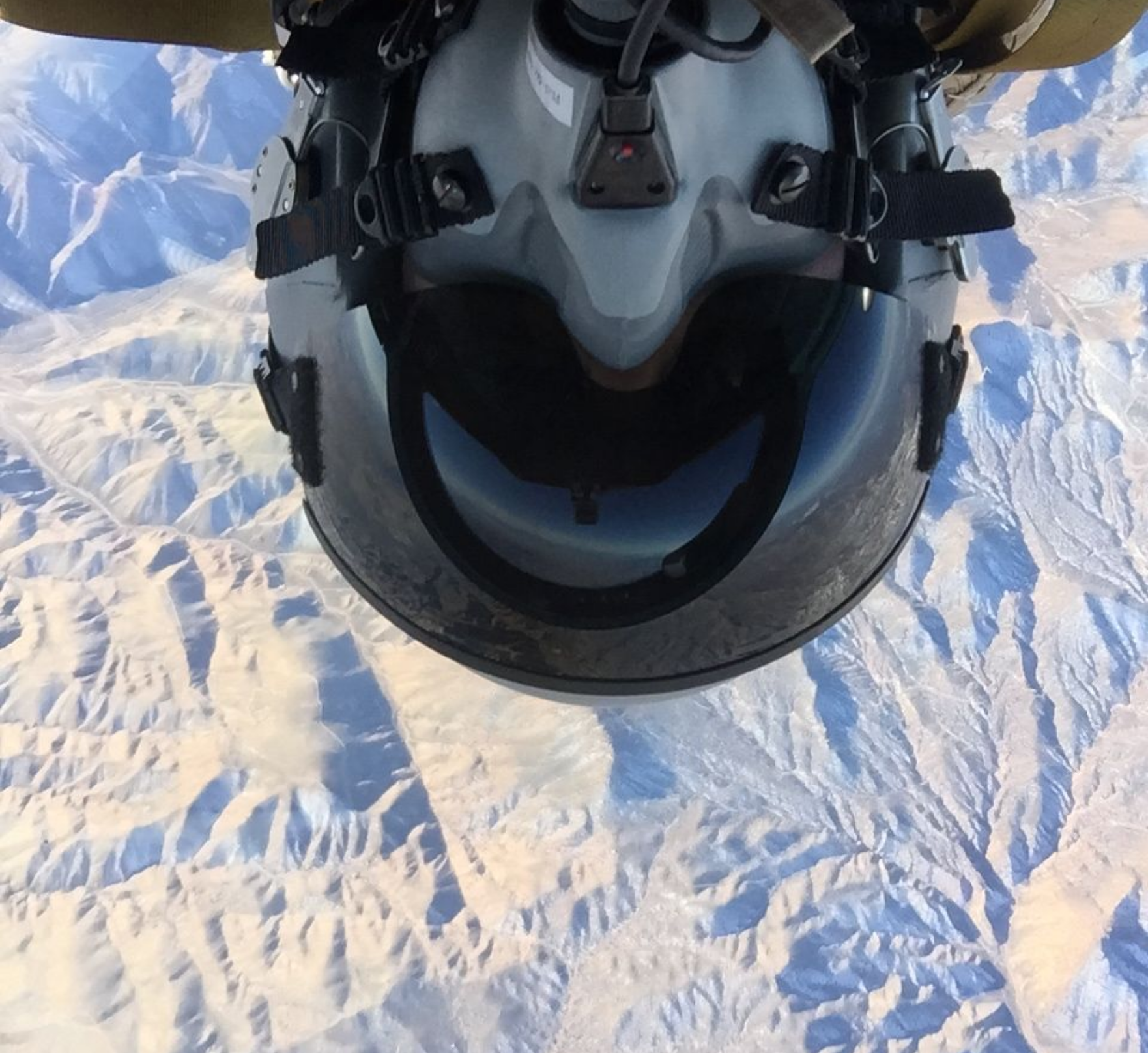
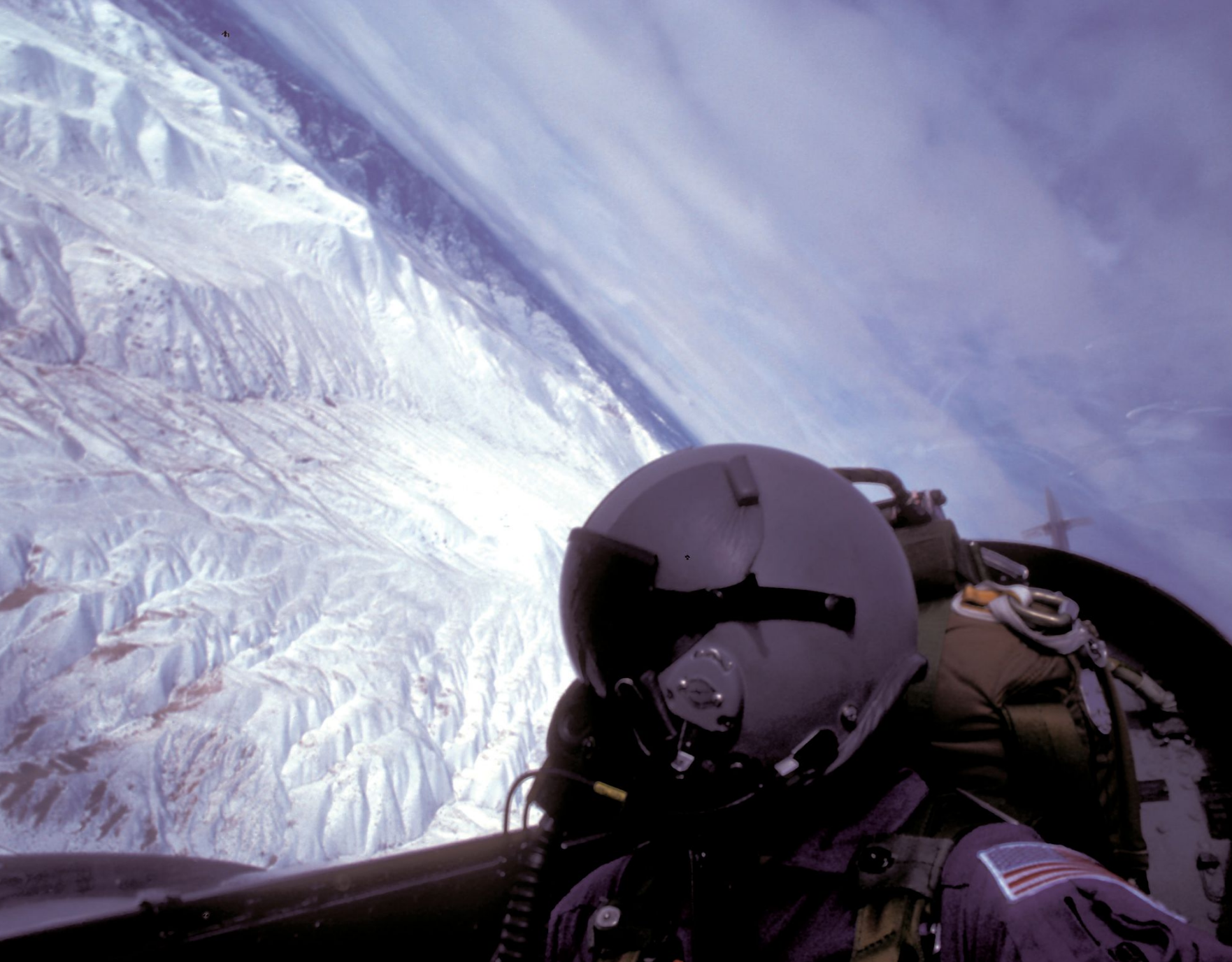
Propulsion & Stability
Propulsion systems and how pilots manage them have a direct influence on upsets and recoveries. This module covers how turbine power plants behave in dynamic environments—and how to properly operate them in a safe and effective manner. It’s followed by a practical discussion of aircraft stability. A flight test background illustrates how airplanes are designed to be stable and how to utilize this natural stability to your advantage.
Aerodynamics for Pilots
Can’t Find The Courses You Need?
Review our pilot course schedule, request a quote for a custom course or find out more about Flight Research International’s services.
